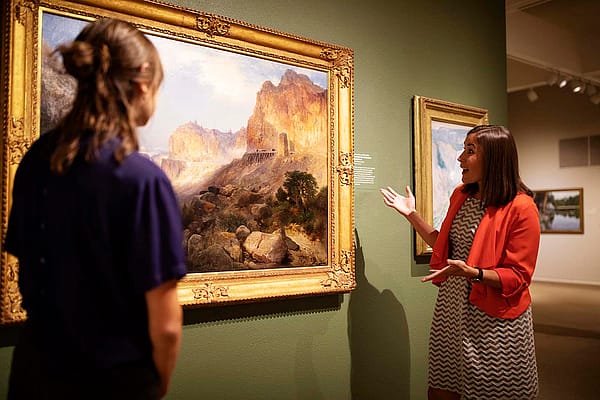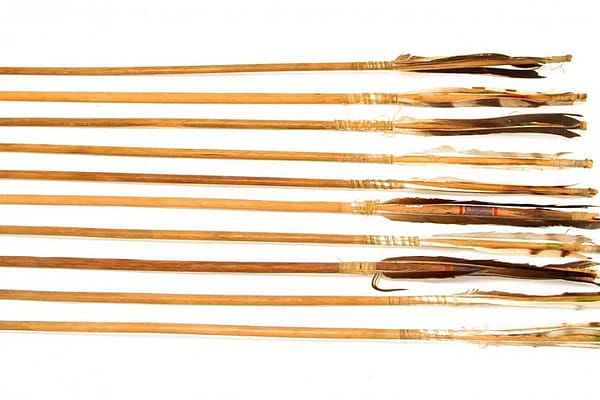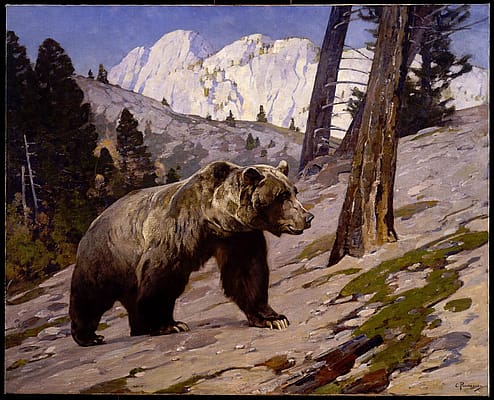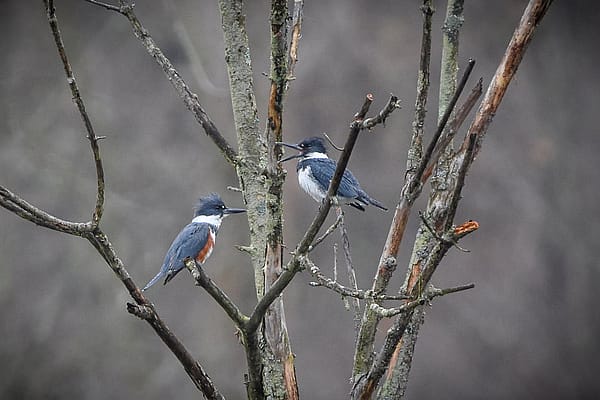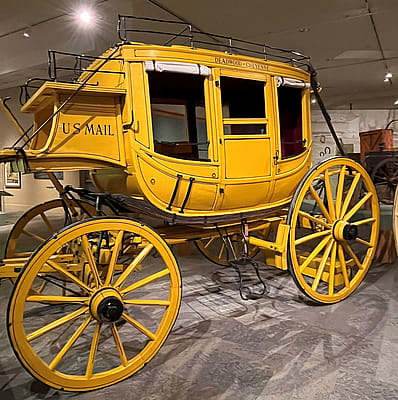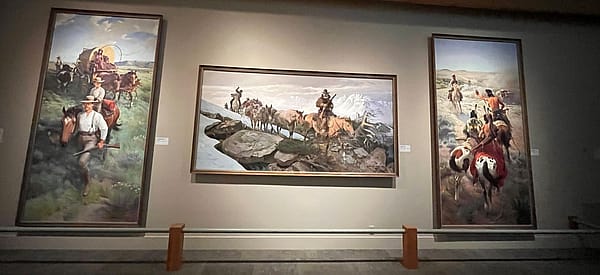
Plains Indian Weapons—Part 2: Stone War Club
In this second part of the series of blogs on Plains weaponry, I will introduce the stone-headed war club.
There are many types of clubs, hatchets, tomahawks, etc. used across the Americas. On the Plains, however, we developed a particular style of stone club that is both distinctive and elegant according to Plains marriage of the functional with the aesthetic. In Nakoda, these clubs are called iŋyaŋ iŋjátʾe or íŋyaŋpŝuŋpŝuŋ.
The primary characteristics of Plains stone clubs are the long, relatively thin handles, smooth club-heads of stone, and rawhide coverings used to hold the weapon together. Before horses became common in warfare on the Plains, club handles were somewhat shorter. However, by the late 1700s, mounted combat was more common across the Plains, and club handles were made longer for use on horseback or, on the other hand, to enable fighting mounted enemies while on foot.
These formidable clubs were made in a variety of ways–according to the taste of the man making it–and decorated accroding to both aesthetic and spiritual sensibilities. They are often made pointed on either side, in a roughly “football” shape, or can also be made from smooth stones found in rivers or streams. As to their weight, I’ve handled stone clubs that were as light as a pound or two, to heavier clubs weighing up to eight pounds!
To hold securely, the stones are usually grooved in the center, with a green stick bent into the groove attaching it to a long straight handle. This framework is then bound in wet rawhide stretched over the entire length, and stitched tightly together with sinews. As it dries, the rawhide binds the weapon together tightly. In some cases, stones are left ungrooved, and are completely encased in rawhide in the form of a mace with a swinging stone head. Whatever the form, these weapons were powerful and effective in the hands of plains protectors.
While certainly used by many nations, the stone club was a weapon particularly associated with the Siouan-speaking Nakoda (Assiniboine), and our more well-known relatives the Lakota. In 1833, Prince Maxamilian noted in his journals that, “They [the Nakoda] all had bows and arrows…Most also had a head-breaker [stone war club].”[1]
Wooden Leg, a Northern Cheyenne man who defended his people during the U.S. Army’s warfare on the plains stated, “The Sioux [Lakota, Dakota, Nakoda]…made regular use of the stone war-club made by attaching an oval stone to the end of a stick wrapped with rawhide…A Sioux appeared not fully equipped unless he had one tucked into his belt.”[2]
[1] Gallagher, Marsha V., ed. Travels in North America, 1832–1834: A Concise Edition of the Journals of Prince Maximilian of Wied. University of Oklahoma Press, 2017, p. 209.
[2] Leg, Wooden. Wooden Leg: A Warrior Who Fought Custer. U of Nebraska Press, 2003.
Written By
Ernest Gendron
Ernest is a Nakoda-Cree educator working seasonally at the Buffalo Bill Center of the West with both the education department and the Plains Indian Museum. He is a craftsman of Nakoda-Cree ‘male’ arts, such as bows and arrows, clubs, horn spoons, etc. He is also a consultant on Plains Indian history. When not on site, he is working on his thesis in pursuit of a Master’s degree in Heritage Management.
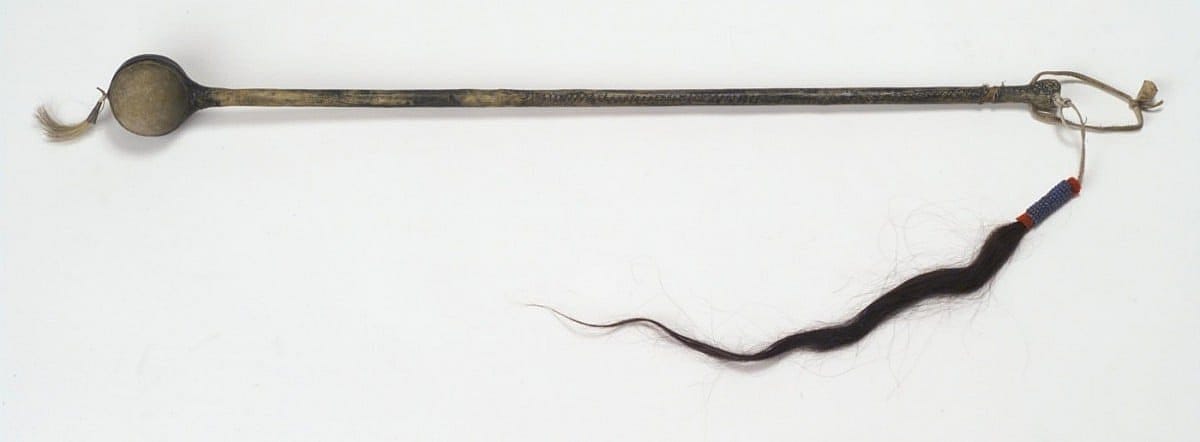


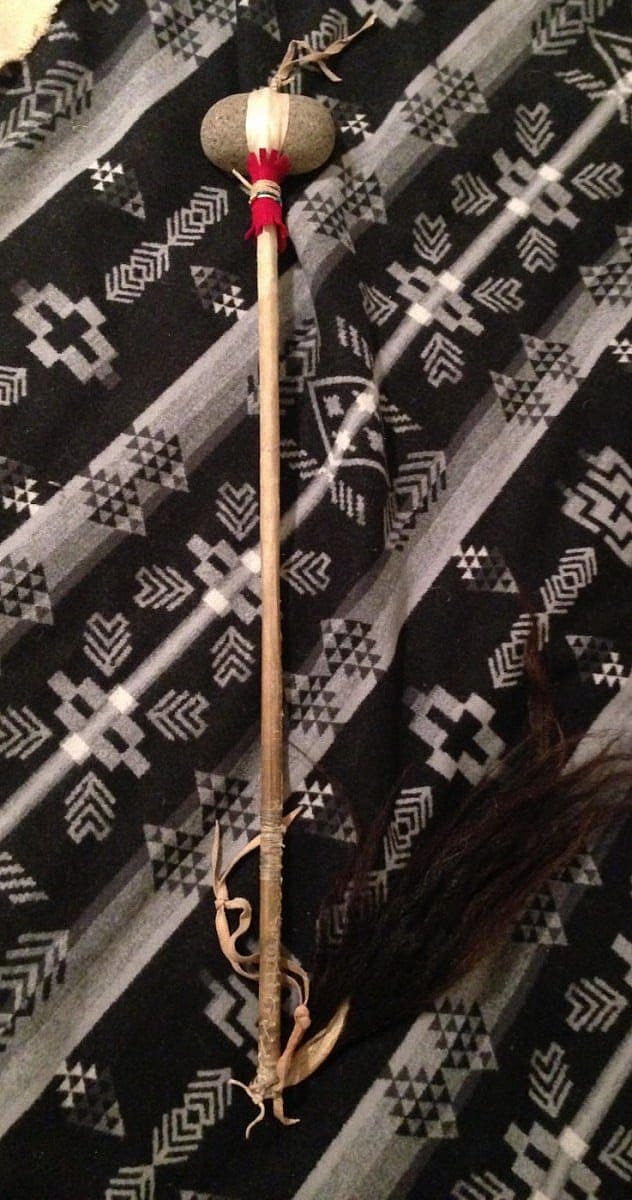
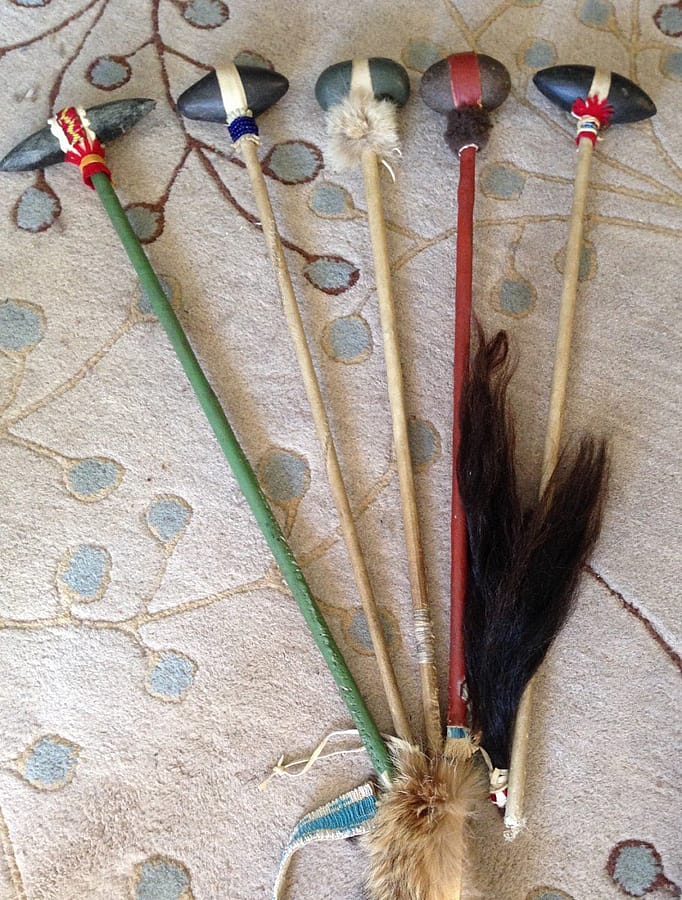
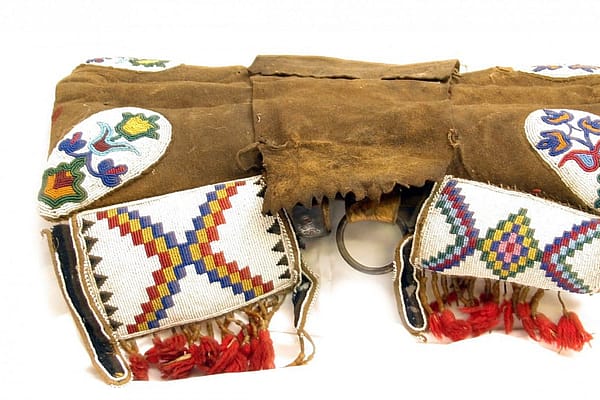
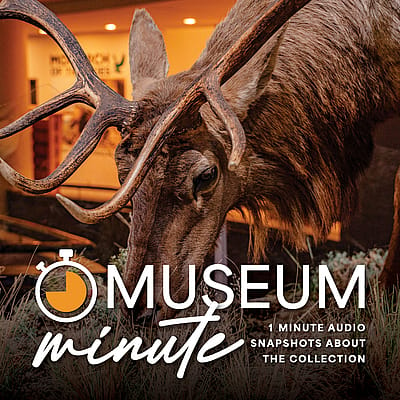
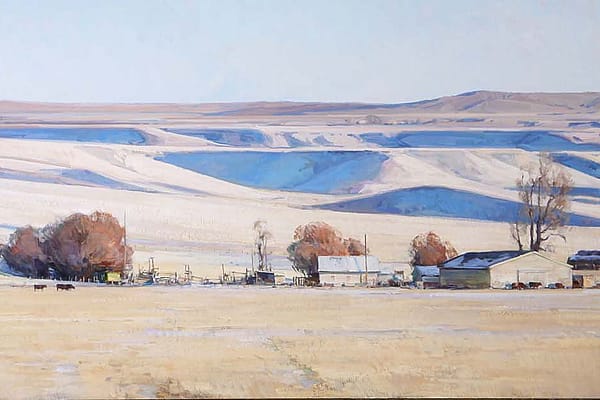
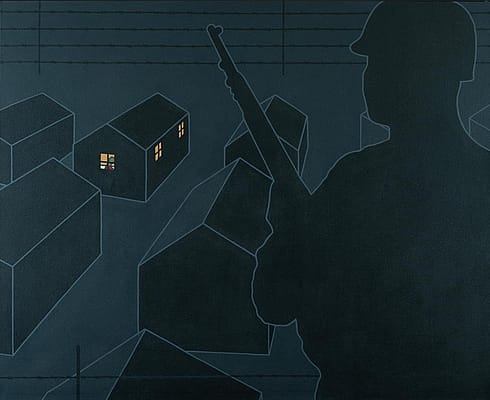
![Wahúkeza [lance]. NA.108.159](https://centerofthewest.org/cdn-cgi/image/width=600,height=400,fit=crop,quality=80,scq=60,gravity=auto,sharpen=1,metadata=none,format=auto,onerror=redirect/wp-content/uploads/2017/08/NA.108.159.jpg)
